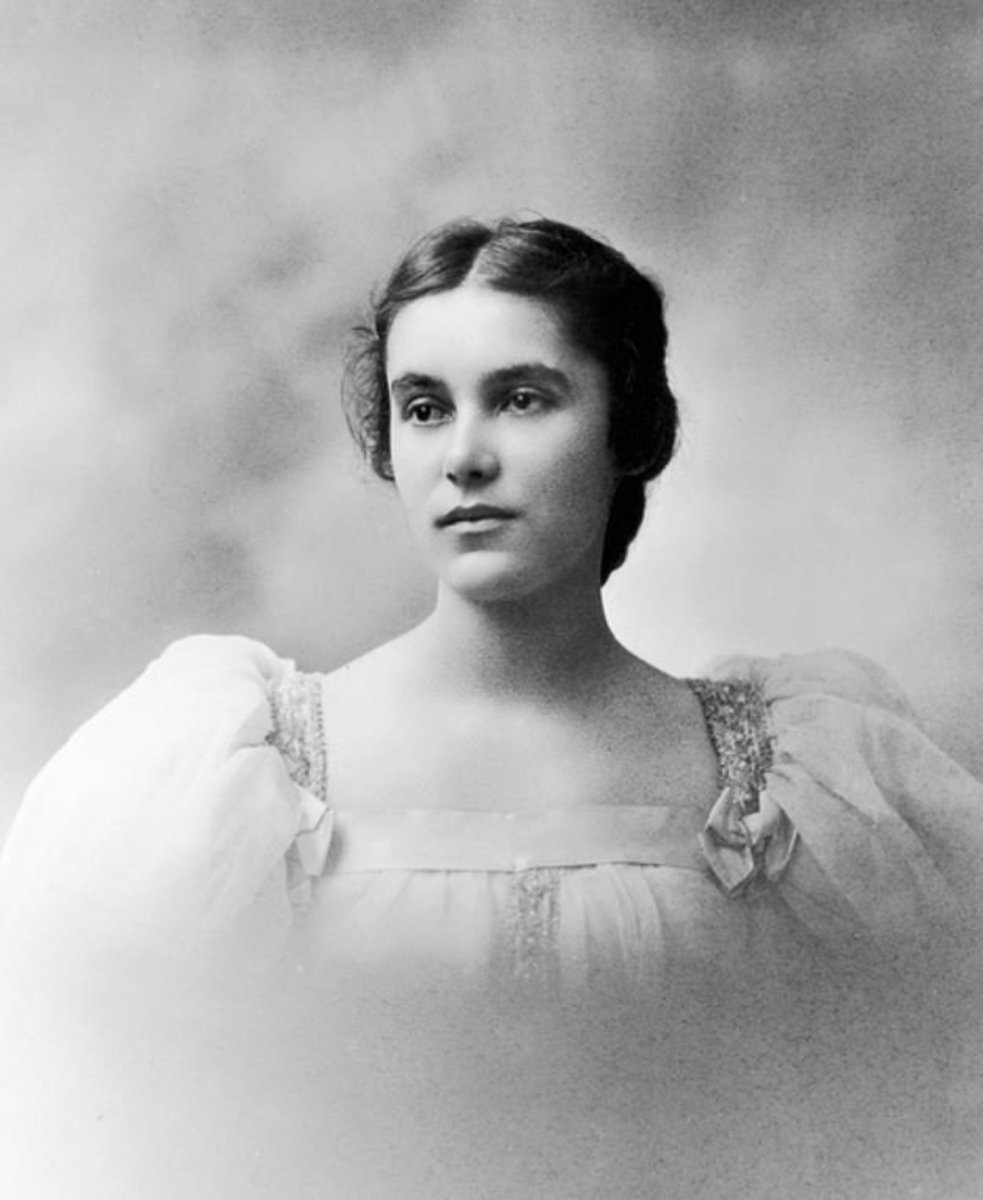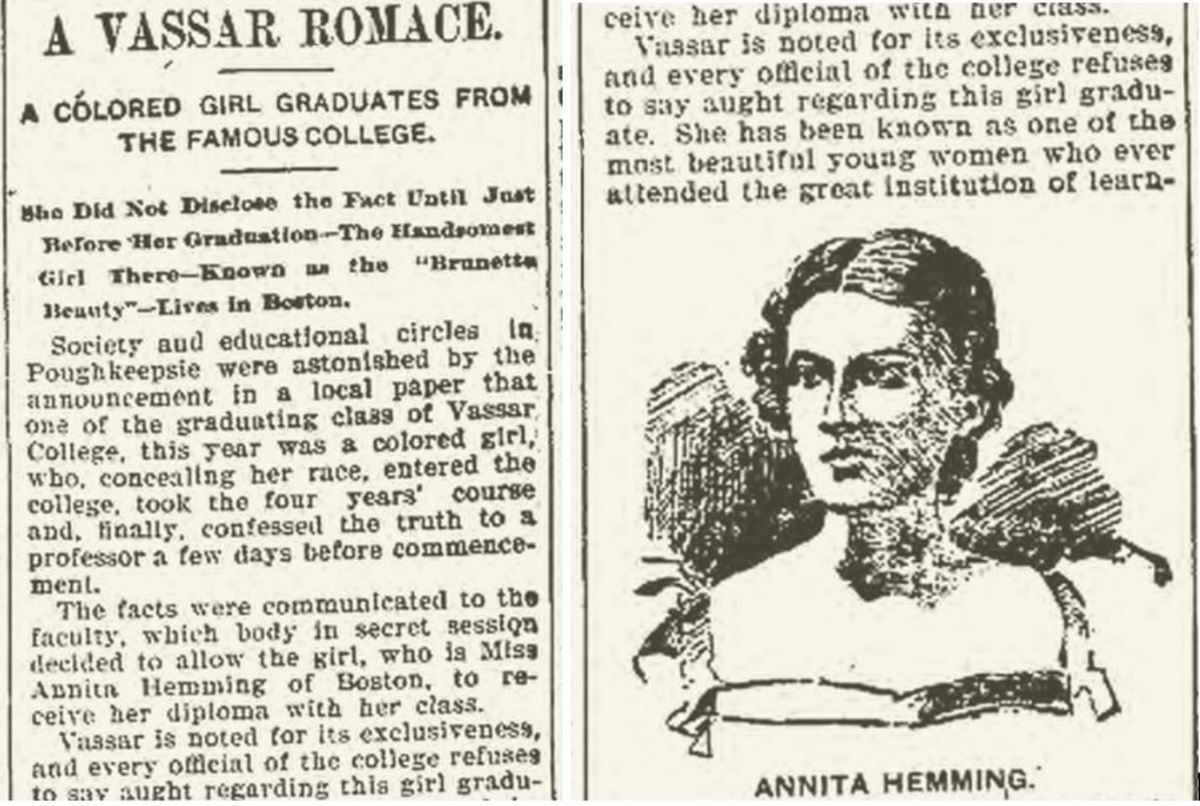Personality and Social Psychology Bulletin
First Published 2018-08-07
DOI: 10.1177/0146167218788553
Analia F. Albuja
Department of Psychology
Rutgers University, The State University of New Jersey
Diana T. Sanchez, Associate Professor of Psychology
Rutgers University, The State University of New Jersey
Sarah E. Gaither, Assistant Professor of Psychology and Neuroscience
Duke University, Durham, North Carolina
Because bicultural and biracial people have two identities within one social domain (culture or race), their identification is often challenged by others. Although it is established that identity denial is associated with poor psychological health, the processes through which this occurs are less understood. Across two high-powered studies, we tested identity autonomy, the perceived compatibility of identities, and social belonging as mediators of the relationship between identity denial and well-being among bicultural and biracial individuals. Bicultural and biracial participants who experienced challenges to their American or White identities felt less freedom in choosing an identity and perceived their identities as less compatible, which was ultimately associated with greater reports of depressive symptoms and stress. Study 2 replicated these results and measured social belonging, which also accounted for significant variance in well-being. The results suggest the processes were similar across populations, highlighting important implications for the generalizability to other dual-identity populations.
Read or purchase the article here.


